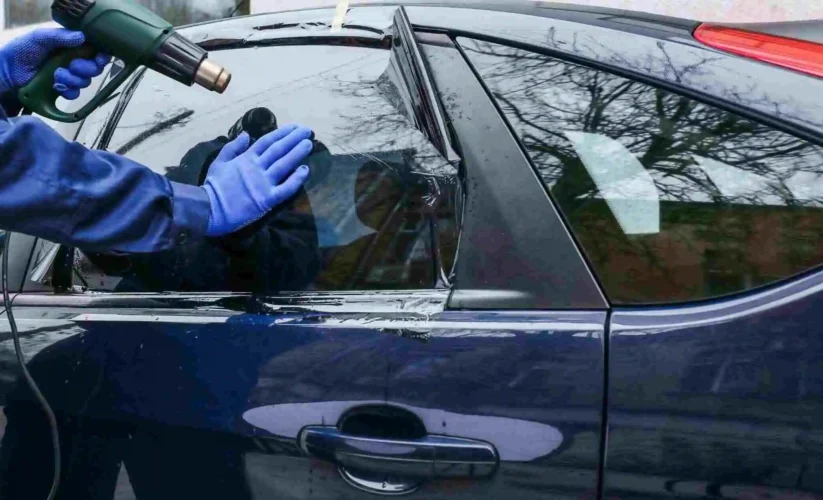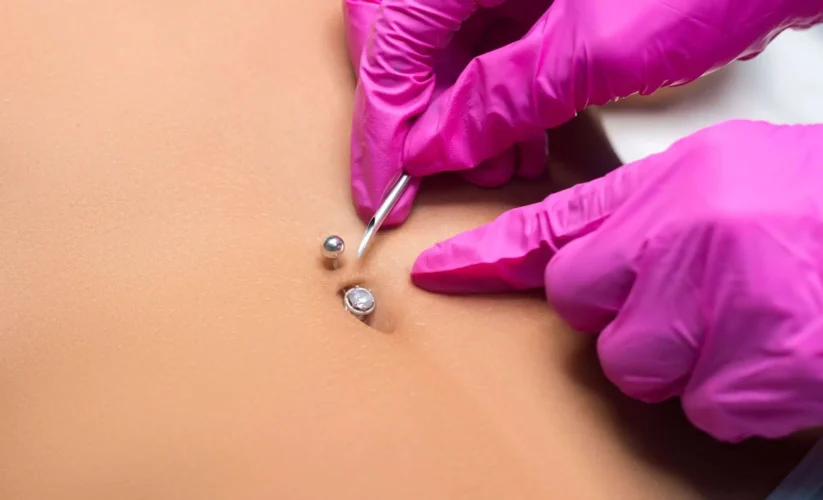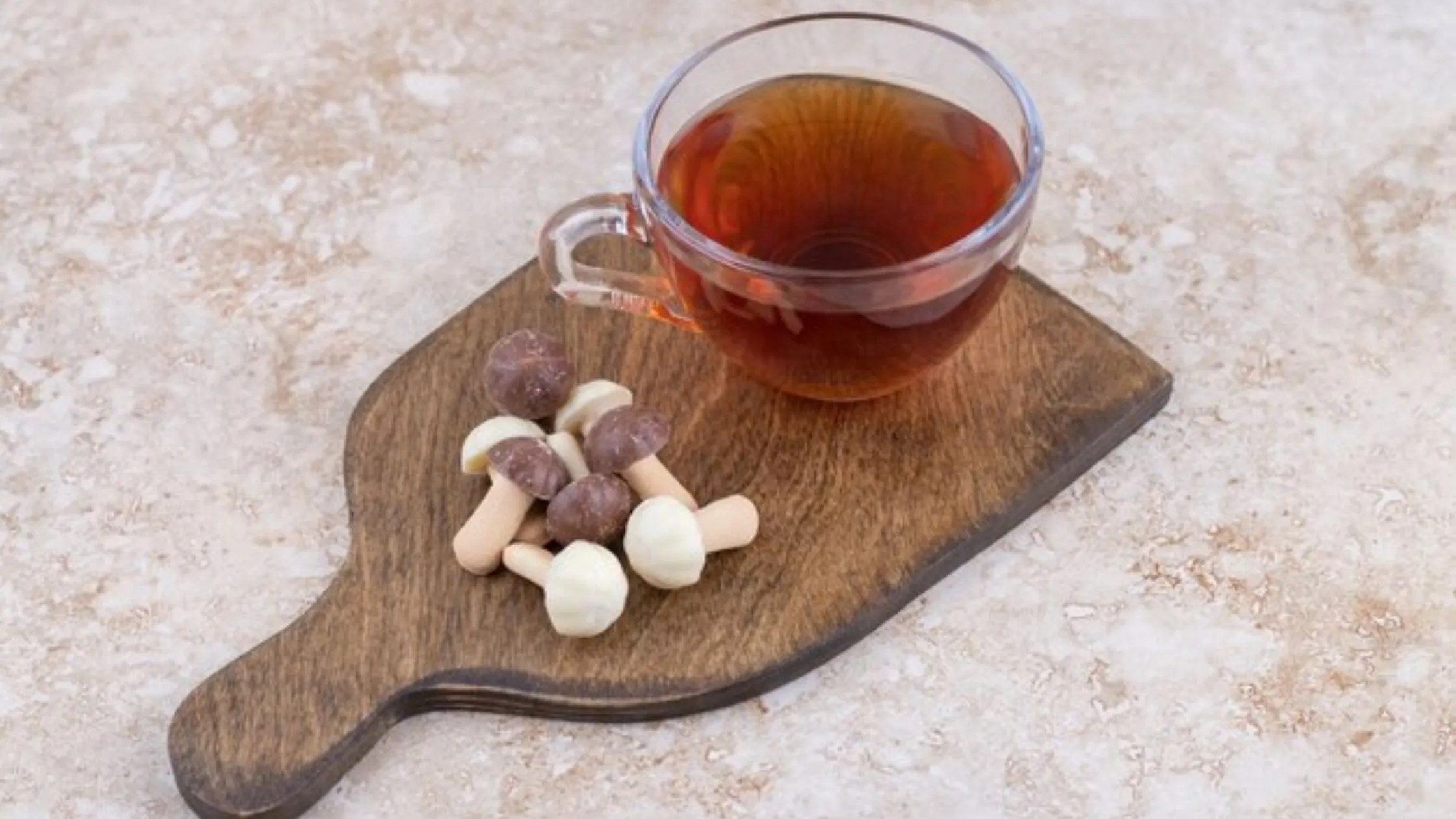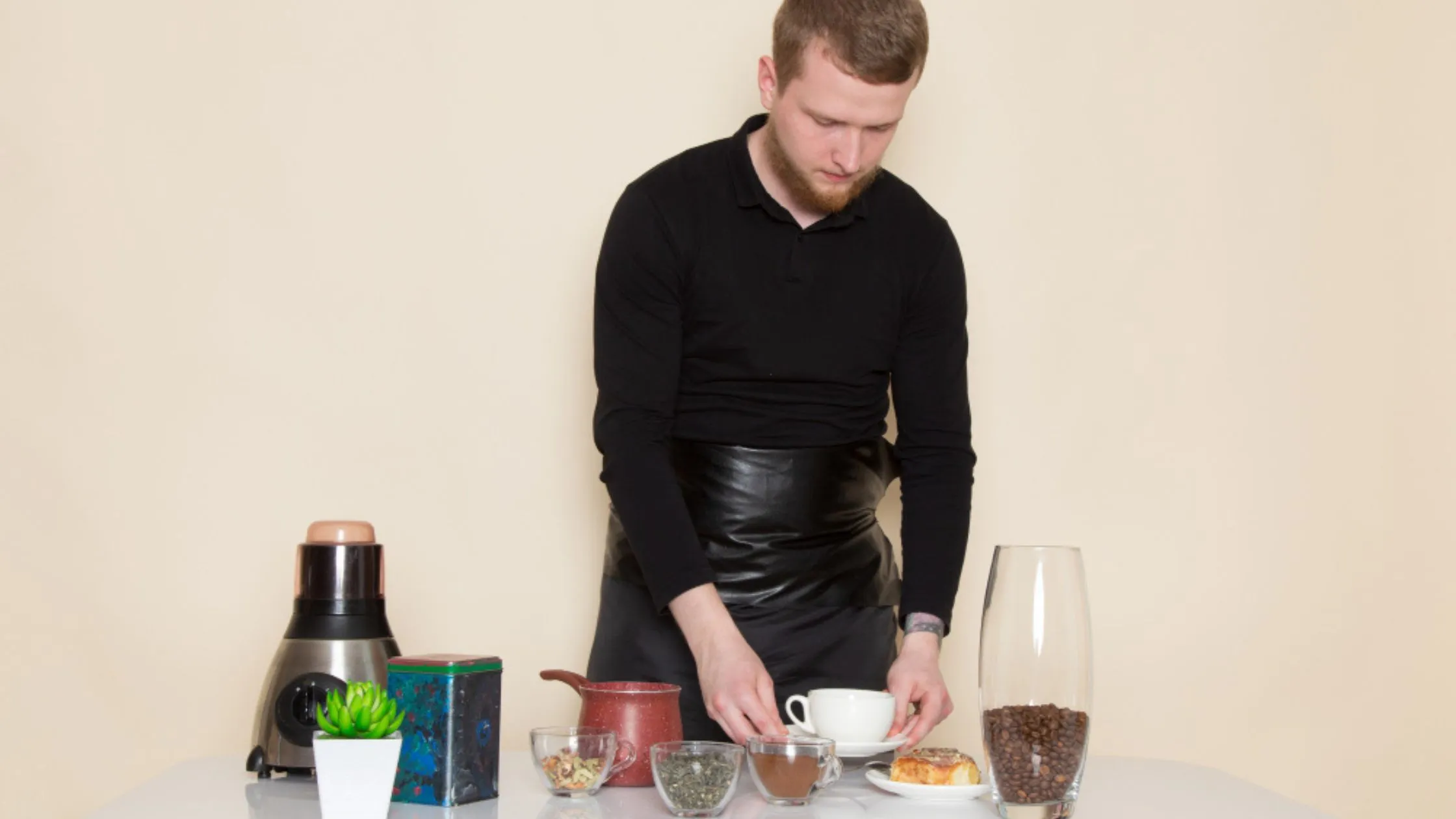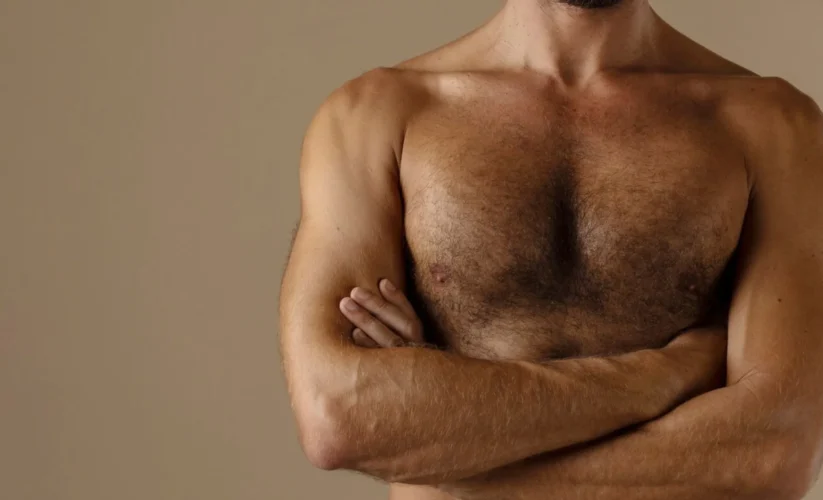
How to Get Rid of Puffy Nipples: Understanding Causes and Effective Solutions
For countless individuals, the presence of puffy nipples, scientifically termed gynecomastia, serves as a distressing and uncomfortable concern. This condition, characterized by swelling of the breast tissue in males, can be caused by various factors, including hormonal imbalances, genetics, obesity, or certain medications. How to Get Rid of Puffy Nipples? While it is not typically harmful, it can affect self-esteem and confidence. Fortunately, several strategies and treatments are available to help reduce or eliminate puffy nipples. In this guide, we’ll explore the causes of gynecomastia and discuss practical ways to address this common concern.
Understanding the Causes of Puffy Nipples:
Hormonal Imbalances: Variations in the balance of estrogen and testosterone hormones are implicated in the onset of gynecomastia. How to get rid of puffy nipples? During puberty, hormonal changes can cause temporary breast enlargement in boys, which usually resolves on its own. However, in some cases, hormonal imbalances persist into adulthood, leading to persistent puffy nipples.
Genetics: One’s genetic makeup markedly influences one’s predisposition to gynecomastia, exerting a profound impact on an individual’s vulnerability to the condition. If a close family member, such as a father or brother, has puffy nipples, there’s a higher likelihood of developing the condition, which can have implications for your health.
Obesity: The accumulation of surplus body fat disrupts hormone equilibrium, elevating estrogen levels and fostering the onset of gynecomastia. Implementing a comprehensive regimen comprising dietary adjustments and physical activity can facilitate weight loss, subsequently diminishing breast tissue and enhancing the aesthetic of puffy nipples.
Medications: Certain pharmaceuticals, like specific antidepressants, anti-anxiety agents, and anabolic steroids, possess the capacity to disrupt hormonal equilibrium, potentially contributing to the manifestation of gynecomastia. How to get rid of puffy nipples? If you suspect that a medication is causing your puffy nipples, consult your healthcare provider to explore alternative treatment options. Addressing any underlying factors exacerbating the condition is essential to alleviate the symptoms effectively. Collaborating with a healthcare provider enables a customized strategy to address gynecomastia, ultimately fostering a journey towards reclaiming self-assurance in one’s physical presentation.
Underlying Medical Conditions: Occasionally, the manifestation of gynecomastia may serve as a potential indicator of an underlying medical condition, such as liver dysfunction, kidney impairment, or thyroid abnormalities. It’s imperative to undergo a thorough medical assessment to eliminate any potential health concerns linked to the emergence of puffy nipples. This comprehensive evaluation guarantees identifying and managing any underlying issues, paving the way for targeted interventions and enhanced overall well-being.
How to Get Rid of Puffy Nipples
Several strategies can be employed to get rid of puffy nipples, also known as gynecomastia. Firstly, lifestyle adjustments such as maintaining a healthy weight and avoiding alcohol and illicit drugs can help reduce hormonal imbalances and minimize breast tissue swelling. Incorporating targeted chest exercises, including strength training and cardiovascular workouts, can tone the chest muscles and promote fat loss in the area. Here are the effective strategies for eliminating puffy nipples:
Lifestyle Changes:
Maintain a Healthy Weight: If you find yourself carrying excess weight, shedding those extra pounds through a well-rounded diet and consistent physical activity can be instrumental in diminishing the size of your chest.
Avoid Alcohol and Illicit Drugs: Alcohol consumption and drug abuse can disrupt hormone levels and exacerbate gynecomastia. Restricting or refraining from these substances can aid in reducing breast tissue.
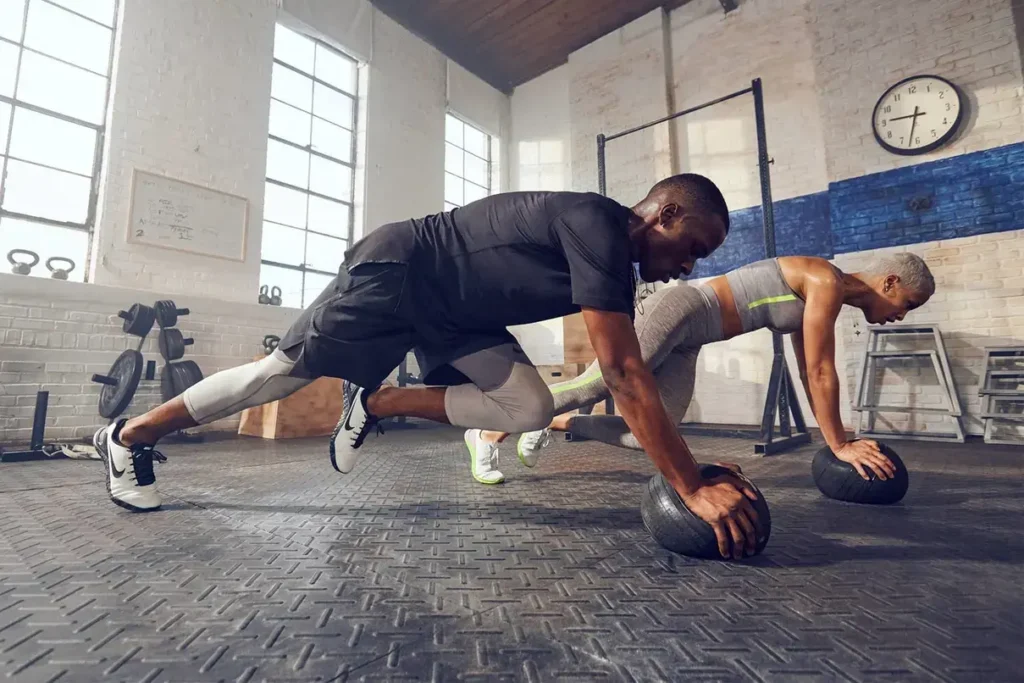
Chest Exercises: Engage in strength-training routines focused on sculpting the chest muscles, incorporating exercises like bench presses, push-ups, and chest flies. Strengthening the muscles in this area can effectively tighten and tone the underlying tissue, ultimately diminishing the prominence of puffy nipples.
Cardiovascular Exercise: Engage in regular cardiovascular activities, such as running, cycling, or swimming, to burn calories and promote overall fat loss. How to get rid of puffy nipples? These exercises not only help in shedding excess weight but also contribute to reducing fat deposits in the chest area, ultimately aiding in the reduction of puffy nipples. Incorporating consistent cardio workouts into your routine can lead to noticeable improvements in the appearance of your chest over time.
Dietary Modifications:
Eat a Balanced Diet: Choose a nutritionally dense diet abundant in fresh fruits, vegetables, lean proteins, and whole grains while reducing your intake of processed foods, sugary beverages, and high-fat items.
Consider Supplements: Several supplements, such as green tea extract, zinc, and fish oil, have been recommended for their potential to regulate hormones and support overall health and vitality. Nonetheless, seeking guidance from a healthcare provider before incorporating supplements into your routine is imperative to verify their safety and efficacy for your circumstances.
Medical Treatments:
Hormone Therapy: In cases where hormonal imbalances are identified as the primary culprit behind gynecomastia, healthcare providers might suggest hormone replacement therapy as a promising avenue for restoring equilibrium to hormone levels and effectively tackling the condition.
Surgical Intervention: In cases of pronounced or enduring gynecomastia, surgical interventions like liposuction or mastectomy (breast tissue removal) might be advised to attain a firmer, more masculine chest profile. I was wondering How to get rid of puffy nipples. Engaging a certified plastic surgeon for an in-depth discussion on the merits, drawbacks, and anticipated results of surgical procedures is crucial. Seeking counsel from a healthcare specialist ensures tailored advice and treatment choices that align with individual requirements and desires.
Conclusion:
Puffy nipples, or gynecomastia, can be a source of distress for many individuals. How to get rid of puffy nipples? Fortunately, effective solutions are available. By understanding the underlying causes and implementing lifestyle changes, targeted exercises, dietary modifications, and medical treatments, it’s possible to reduce or eliminate the appearance of puffy nipples and regain confidence in your appearance. For those grappling with gynecomastia, seeking guidance from a healthcare provider is crucial to crafting a customized treatment regimen aligned with individual needs and aspirations.

